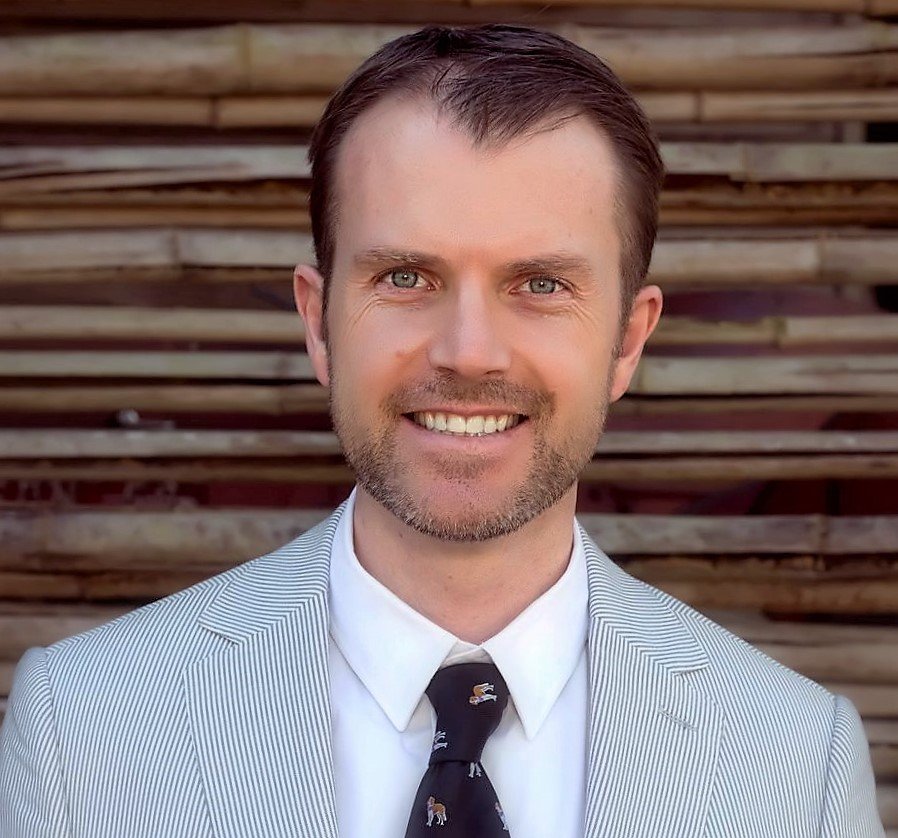Craig: Wow. Well, speaking of change, outside of the devices that are being used in the industry, what would you say are some of the biggest and more substantial changes in social media since you began?
Les: Well, I think the biggest changes I’ve seen is how people are using social media. We have a news journalist who’s telling you news as it happens. You’ve got not necessarily a good mark about social media, but during the hostage situations over in both France and in … I think they both were in France … You had people taking pictures, that they were there and people taking pictures at the time.
Information is a lot more available now, and people are using their aspect of the Smartphones and getting that information out more quickly, even before the news stations get it, and a lot of those news stations are getting it secondhand from these individual people who just happen to take a really good picture because they’re there.
The other thing is we’re seeing too is how you take this vast network and this vast group of people that you have and make it work for you. That’s the big thing that I see changing is most every business has some type of social media presence, and if they don’t, that’s a problem that they need to address quickly. The ones that are major do have some type … You’ll have Facebook or YouTube or Pinterest or something that … Google Plus … something that they’re have a presence on.
Now it’s a matter of, “Okay, we’ve done this because everybody told us we had to, but now how do we make that equate to dollars, equate to people, equate to innovation within our organization?” I think the biggest changes come where people are now looking to “How do we make this all work” as opposed to, “Let’s hurry up and make sure that we have a presence on all these social media platforms.”
Craig: Awesome. It also seems like that society has turned the tables on who controls the media as opposed to the other way around, how we grew up, the media pretty much dictated to us what we ate, where we went, how we did things, the lifestyle kind of determined it a lot. Now that’s become a little bit more of a Wild Wild West so to speak in some areas, but at the same time we have the opportunity to control the media that’s out there.
Les: Right. I agree. One of the things too that’s changed, where big business could blindly tell their customers and tell their employees what they wanted them to know and everything else was kept in the backroom. Now that backroom is wide open, and the biggest thing is about transparency, both to your customers, to your employees, to your investors, to your partners. There aren’t that many more secrets. Now, there are still secrets, but they’re a lot easier to find nowadays than they used to be, when you and I were in that media age.
The media is one of those things where you can seen it in the media formats where one media won’t report on something and then are finally forced to due to the social media trending and the social media news that goes out there, they’re forced to report on a story where historically in the past they may not even have touched because it’s so prevalent now that if they don’t, they look like a bad news media station.
Craig: Okay. Outside of just pushing out information, in the business world, or as individuals, how do you suggest we make social media work for us, to benefit us?
Les: Again, it’s all about creating influence. There’s a couple ways that in the last event that you just were speaking of where I spoke with Les Brown and Sharon Lechter and Doug Grady and David Alexander and Erik Swanson, they were, one of the things that I spoke about was how do you develop influence in this digital world. I came up with two different ingredients that are already out there, and I just moved them from a book format of how they’re normally used and put them in the digital world.
Those are the Cialdini principles that I’ll briefly just go through them, just say the name; I won’t explain each one of them. They’re the influence principles. There are six of them. There’s social proof, commitment and consistency, reciprocity, liking and trust and authority and scarcity. It was written by Dr. Robert Cialdini.
Another one that is being used or that I use on a daily basis and my clients is Ned Herrmann’s Whole Brain Model. There’s four distinct thinking preferences, and in order to influence someone to do something that would benefit them or also benefit you as an organization, you need to speak to them in their thinking preference, in their language.
Most people don’t use just one or two or three; they might have a mixture of all three or all two or maybe even all four, and so you really have to start developing your message around those thinking preferences and understanding how those influence principles can get you an immediate loyalty factor or an immediate positive outcome to whatever it is you’re trying to achieve.

